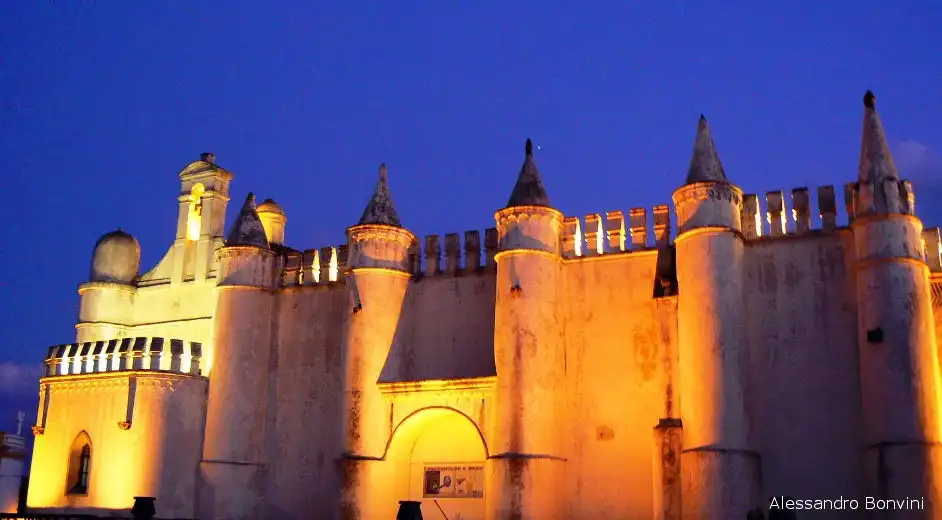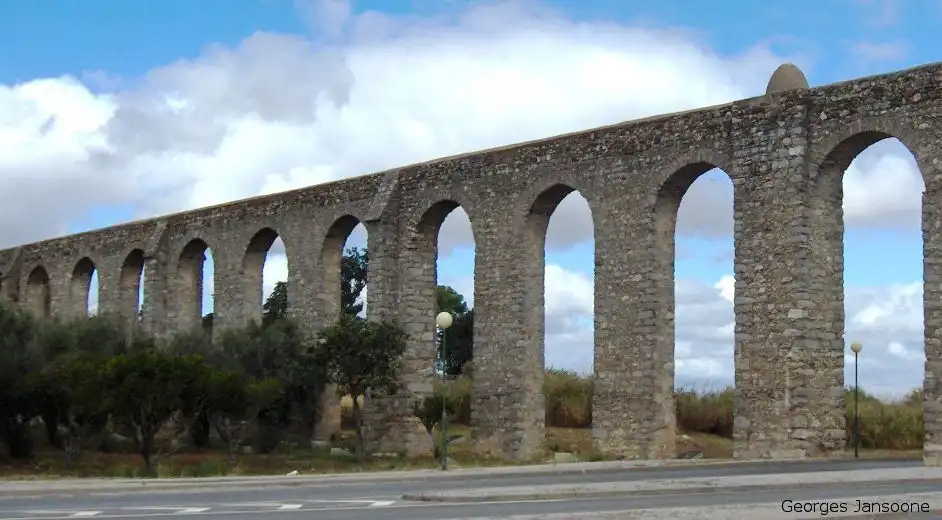Évora at a glance
The city of Évora, a UNESCO World Heritage, is the capital of the Alentejo region and is located about 1 ½ hours from Lisbon north of the Algarve coast.The first settlement dates back well before AD, and the city today is testimony to its rich history over the centuries.
Like many other parts of the Iberian Peninsula, it was heavily influenced by the Moorish who ruled the city from 715 to 1165AD.
During the Middle Ages, Évora was a buzzing and dynamic city and the scene of many royal weddings, the symbol of the golden age of Portugal.
It was also a renowned centre for the humanities and artists from the Netherlands, Italy and Spain, although it was also heavily involved in slave trading.
Its decline as a centre of power started in the 18th century, when the Jesuits were expelled from Portugal and the University was closed.

Top things to see in Évora
Évora is like an open air museum, many palaces, churches and other buildings tell the story of this beautiful city. The typical architecture is of whitewashed houses with the famous “azulejos” (local tiles) and wrought iron balconies.The 9 kilometer aqueduct of Silver Water cannot be missed while in the city, and was built 1531-1537 to supply the city with water.
The Cathedral of Évora built from 1280 until 1340 is one of the most important gothic monuments in the area.
The Roman temple, also known as the “Temple of Diana” is unique in Portugal, and one of the best preserved roman monuments, dating back to the 1st century.
The Jesuit University was opened in 1551, and for 200 years was the intellectual center of the city, attracting artists and humanitarians from all over Europe. It was closed when the Jesuits were expelled from Portugal and only reopened again in 1973.
Other sights include the Palace of its famous former resident Vasco da Gama, and the Palace of the Dukes of Cadaval.
Estremoz
About one hour from Évora is the “marble town”, Estremoz. A 13th century castle in the upper part of the town hosts today a luxury Pousada. The main square, in the lower part of the town, is a huge market place and surrounded by the marble façades of churches, cafes and the Rural Museum.Arraiolos
To the southwest of Estremoz lies Arraiolos. Interesting sights here include the ruins of a Moorish castle and a 16th century convent that remains as a pousada in the modern day. Arraiolos is famous for its carpets, which have traditionally taken their inspiration from Moorish, Persian and Indian designs since the Age of Discovery.Monsaraz
Also in the Évora district is Monsaraz, one of the oldest settlements in southern Portugal, dating back to pre-history. The main sightseeing spot here is the Castle of the parish, along with the closeby megalith monuments of the Cromlech of Xerez.





